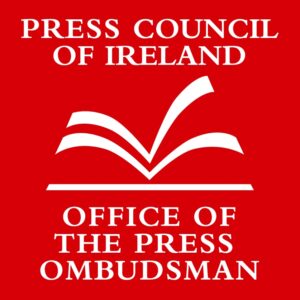
A genealogical project pioneered by Limerick’s Mary Immaculate College that uses DNA to trace the genetic history of Limerick families may serve as an inspiration to other Irish communities on how to engage with their heritage, according to Minister Jimmy Deenihan.
The Minister for the Irish Diaspora was speaking at the recent launch of the ” Global Limerick DNA Project which, according to Mary Immaculate College (MIC) President Michael A Hayes, “celebrates the families of Limerick through time, both at home and abroad”.
The project, led by Dr Cathy Swift at MIC, is the result of a collaboration between Mary Immaculate College, Global Limerick, the Irish Ancestry Research Centre (IARC) and Limerick Museum.
The aim of the project is to bring together the historical and genealogical research already collated by the many Limerick experts in these areas, and to examine them in the context of the latest discoveries in Y-chromosome DNA to research the genetic history of Limerick families and communities both here and abroad.
Y DNA tests play a very important historical tool which, according to Dr Swift, can help rewrite our entire history as a nation.
She explained: “Y DNA tests can help show how our island population grew, intermarried with newcomers and dispersed across the globe, bringing you past the ‘brick wall’ circa AD 1800 when many genealogical sources dry up.”
These latest techniques, according to Dr Swift, provide an opportunity to investigate family ancestries in detail, enabling the discovery of information not only about those relatives who share a common surname, but also the lost stories of relatives whose surnames have fallen off the family tree – people forced to emigrate because of the Famine or through economic necessity and whose ties with Ireland were broken.
John King of IARC said the project “is seeking to find and communicate with anyone who has an affinity with Limerick city or county wherever they are across the globe”.
An exhibition explaining the history of family surnames in the Limerick area and the nature of genetic genealogical research and DNA analysis was on display at the event and is now available to view in the IARC offices in O’Connell Street.







